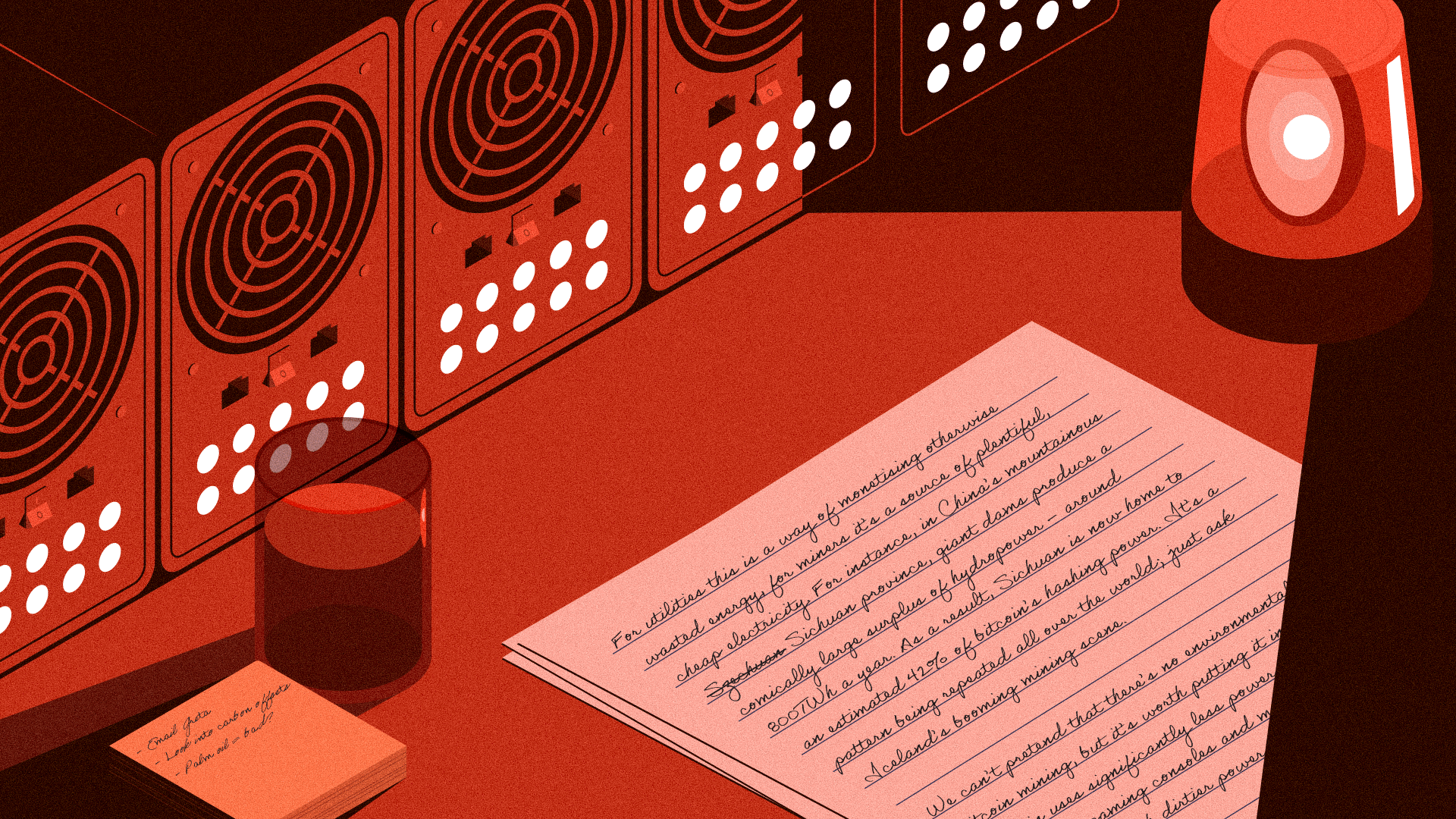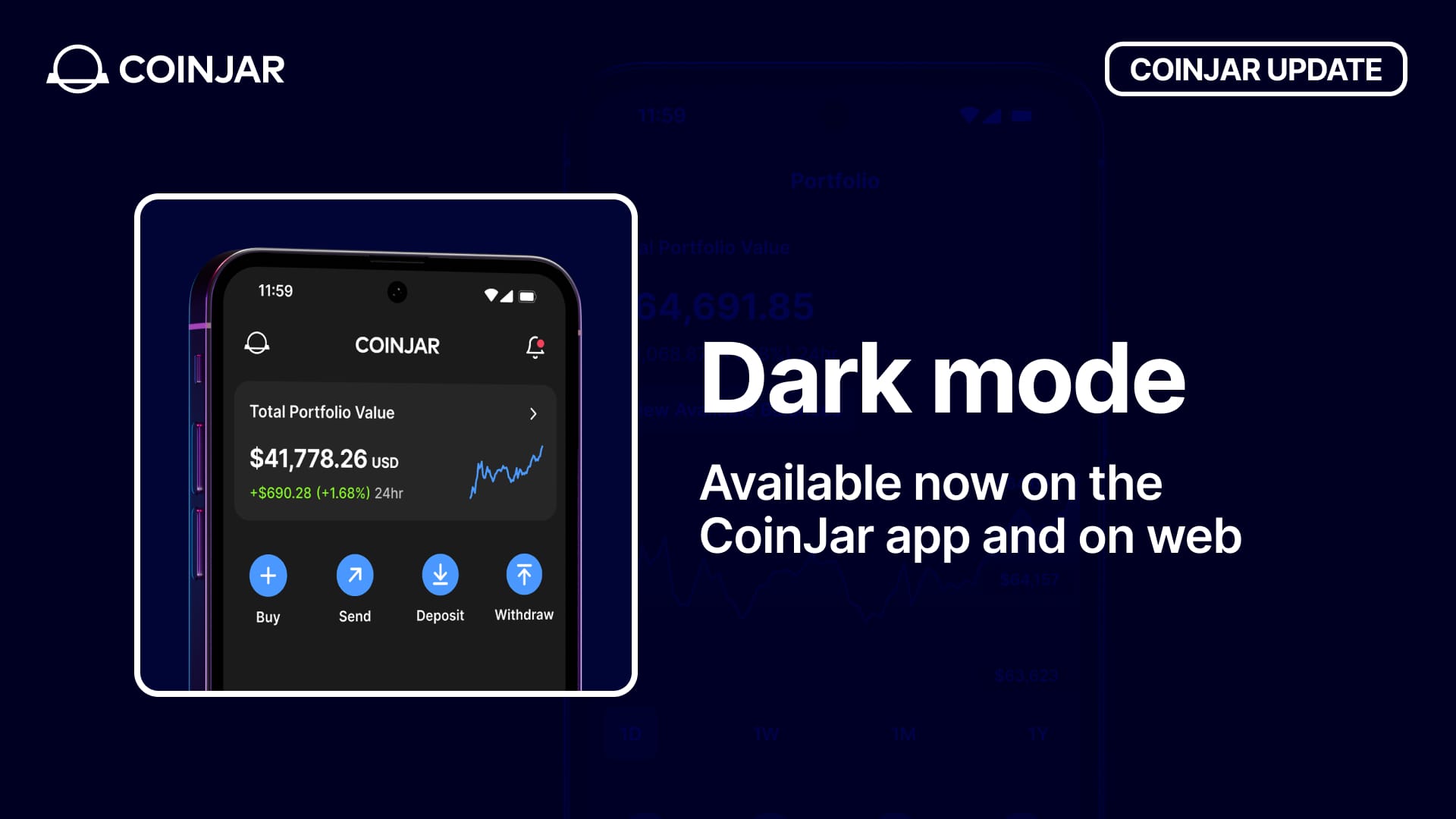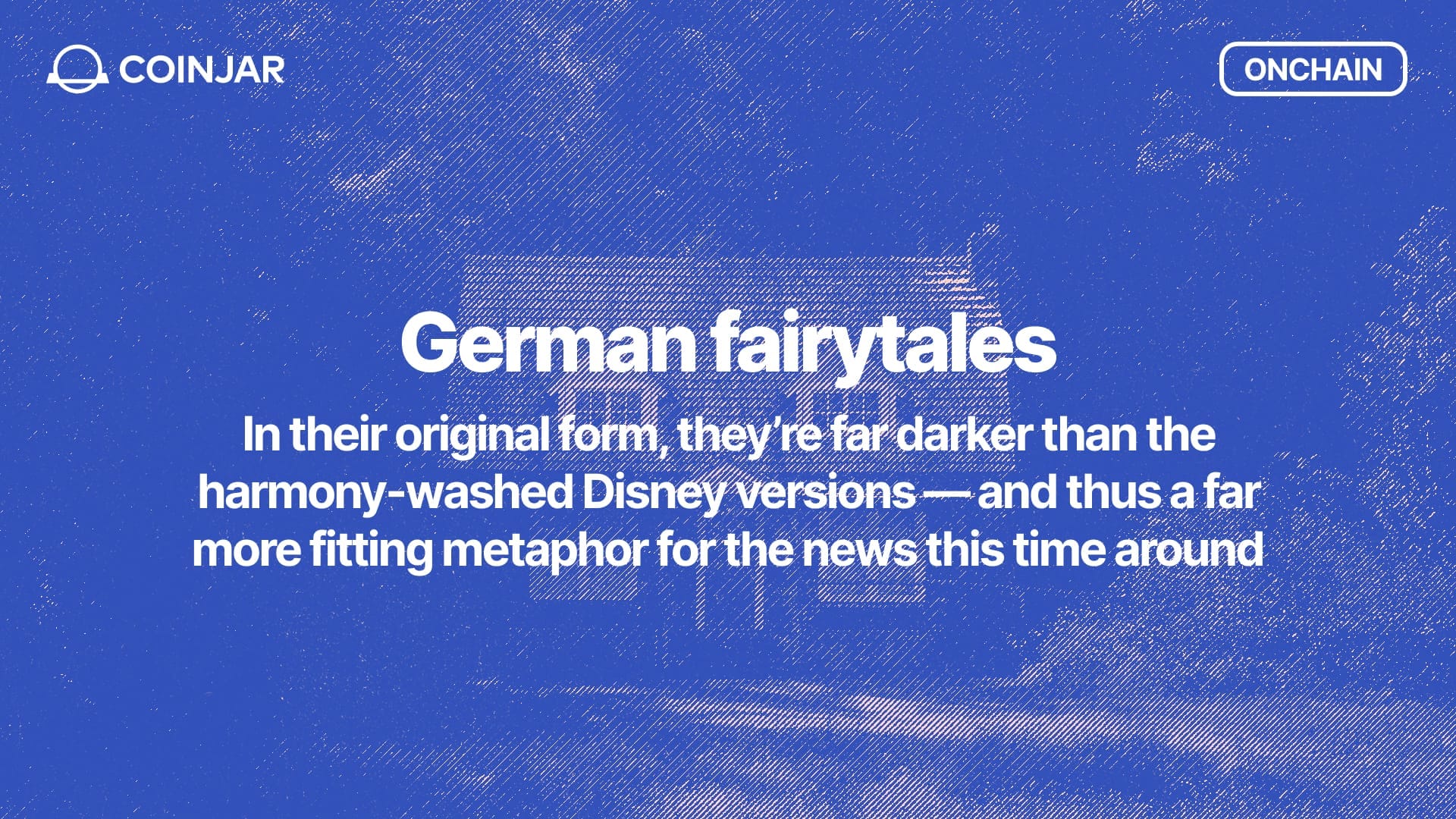BTCO₂
October 3, 2019

Mining Bitcoin uses more electricity than the entire country of Switzerland. Is cryptocurrency an unmitigated eco-disaster?
The recent announcement that bitcoin mining is consuming more energy each year than Switzerland (population 8.4 million) was enough to make your average crypto enthusiast shift uncomfortably in their chair. These are, after all, environmentally perilous times and you’d be hard-pressed to convince people that mining bitcoin is more important than the energy needs of a nation that offers us high-quality chocolate, cuckoo clocks and the principle of wartime neutrality.
So, it begs asking: is our little experiment in alternative economics worth the 78.34TWh of electricity that bitcoin mining is currently thought to consume? An amount that has increased by 800% over the last two-and-a-half years? I mean, what would Greta Thunberg say?

Before you firesale your BTC and rip up your private keys, it bears burrowing a little deeper into these figures and how they play out in the real world. First, as the people behind the Cambridge Bitcoin Electricity Consumption Index are at pains to point out, it is very hard to produce a solid estimate of how much energy bitcoin mining actually consumes; their range varies from 32TWh to 161TWh.
But even if we took the best case estimate, we’re still talking about (and I believe this is the technical term) a shitload of power, and most of that power is coming from China, spiritual home of the coal-fired power plant.
Emission impossible
Yet this is less straightforward than it first appears. Unlike most industrial consumers of energy, bitcoin mining is highly mobile. Those giant ASIC setups can and will be taken wherever it makes economic sense to put them. Increasingly that means right next to renewable sources producing more energy than they can profitably sell into the grid.
For utilities this is a way of monetising otherwise wasted energy, for miners it’s a source of plentiful, cheap electricity. For instance, in China’s mountainous Sichuan province, giant dams produce a comically large surplus of hydropower – around 800TWh a year. As a result, Sichuan is now home to an estimated 42% of bitcoin’s hashing power. It’s a pattern being repeated all over the world; just ask Iceland’s booming mining scene.
Proof-of-sustainability
We can’t pretend that there’s no environmental cost to bitcoin mining, but it’s worth putting it in perspective: bitcoin uses significantly less power than the world’s gaming consoles and most of those are drawing off much dirtier power grids than bitcoin.
Now, here’s the hopium. By offering sustainable energy sources a way of selling excess electricity, bitcoin mining drives both profits and investment in the renewable sector. So, while it might seem counterintuitive, bitcoin’s exaggerated energy needs may actually be furthering the Clean Energy Revolution. And that’s something even Greta might applaud.
Ask CoinJar
What’s the difference between proof-of-work and proof-of-stake? Is one better than the other?
In order for a blockchain to be verifiable it needs to have some sort of consensus mechanism – a way in which all the computers using the network agree that a given transaction is valid.
For bitcoin, this is achieved using a proof-of-work (PoW) algorithm. A bunch of transactions are pooled into a block, then the network competes to solve a complex computation problem. When a given computer solves the problem it’s rewarded with bitcoin and all the transactions inside the block are verified.
PoW is an elegant system, but (as discussed above) hugely wasteful and energy inefficient. A number of alternatives have been mooted, primarily proof-of-stake (PoS). Rather than mining new coins, in PoS networks people stake the coins they own as a way of contributing to the verification process. If your stake is chosen to verify the next block, then you’re rewarded with more coins. However, unlike PoW, the consequences of PoS are hugely complicated and require the use of terrifying phrases like Byzantine Fault Tolerance.
The tl;dr? We know PoW works, but it’s an energy hungry monster. PoS is cleaner but no-one knows how to make it work in the long-term. The latter may change, but until then the former will continue to dominate the cryptocurrency space.
Further Reading
- The Bitcoin Electricity Consumption Index – University of Cambridge
- Beware of Lazy Research (Bitcoin Mining Update) – CoinShares Research
- How Bitcoin Could Drive the Clean Energy Revolution – Peter van Valkenburgh
Like what you see? Subscribe here and never miss out!
We are not affiliated, associated, endorsed by, or in any way officially connected with any business or person mentioned in articles published by CoinJar. All writers’ opinions are their own and do not constitute financial or legal advice in any way whatsoever. Nothing published by CoinJar constitutes an investment or legal recommendation, nor should any data or content published by CoinJar be relied upon for any investment activities. CoinJar strongly recommends that you perform your own independent research and/or seek professional advice before making any financial decisions.
The above article is not to be read as investment, legal or tax advice and takes no account of particular personal or market circumstances; all readers should seek independent investment, legal and tax advice before investing in cryptocurrencies. This article is provided for general information and educational purposes only. No responsibility or liability is accepted for any errors of fact or omission expressed therein. CoinJar, Inc. makes no representation or warranty of any kind, express or implied, regarding the accuracy, validity, reliability, availability, or completeness of any such information. Past performance is not a reliable indicator of future results.
On/Offchain
Your weekly dose of crypto news & opinion.
Join more than 150,000 subscribers to CoinJar's crypto newsletter.
Your information is handled in accordance with CoinJar’s Privacy Policy.
More from CoinJar Blog

It’s Here! Say Hello to Dark Mode on CoinJar
September 3, 2025Dark mode has landed at CoinJar! We are here to save your eyes and make late-night crypto trading feel as suave as the dark side of the moon. Read more
Onchain: German fairytales
August 27, 2025In their original form, they’re far darker than the harmony-washed Disney versions — and thus a far more fitting metaphor for the news this time around. Story One Story...Read more